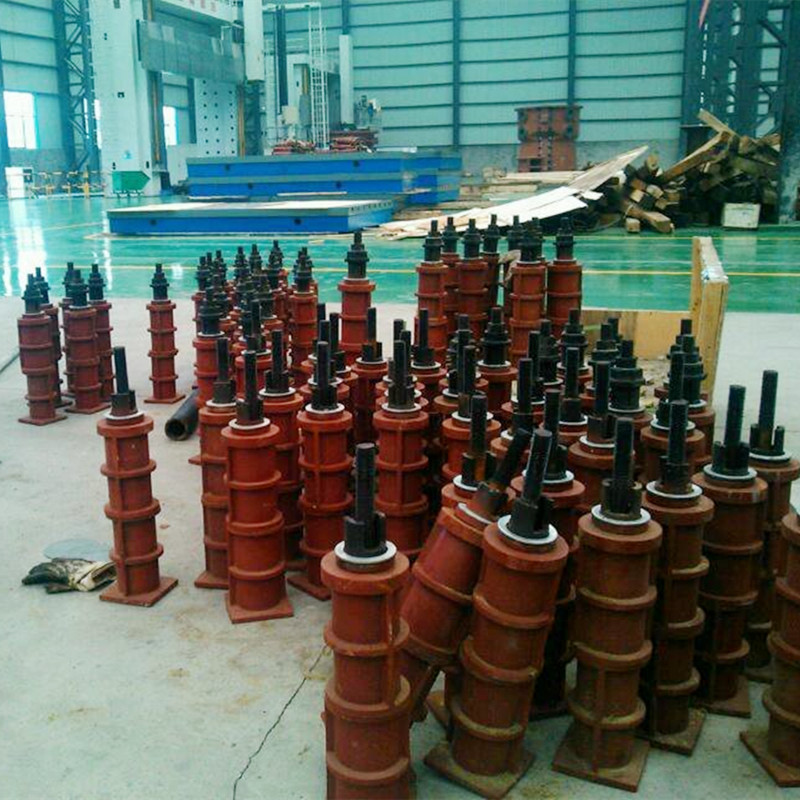Aza . 22, 2024 10:20 Back to list
spirit level measure
Understanding the Spirit Level Measure A Guide to Precision in Construction and Carpentry
The spirit level, an essential tool in the fields of construction and carpentry, is designed to provide accurate measures of horizontal and vertical planes. Its operation might appear simple, but the underlying principles and applications are quite intricate, making it a staple for professionals and DIY enthusiasts alike.
The Anatomy of a Spirit Level
A typical spirit level consists of a sealed glass tube filled with a liquid, often alcohol or glycerin, with an air bubble inside. This tube is mounted on a solid base, usually made of aluminum or wood. When the spirit level is placed on a surface, gravity pulls the liquid downward. The air bubble moves within the liquid, seeking the highest point, which indicates a level position when it is centered between two marked lines on the tube.
Most traditional spirit levels feature multiple tubes one for checking horizontal surfaces (level) and others for vertical orientations (plumb). This dual functionality allows contractors to check walls, shelves, and other structures efficiently, ensuring they are aligned correctly to prevent potential issues in the future.
How to Use a Spirit Level
Using a spirit level is straightforward. First, place the tool on the surface you wish to check. Observe the position of the bubble within the tube. If the bubble rests dead center between the lines, the surface is perfectly level or plumb. If the bubble veers to one side, adjustments are necessary. For instance, if checking a shelf, you might need to lower one side or raise the opposite to achieve balance.
spirit level measure

For greater precision, especially in larger projects, it is advisable to check multiple points along the surface. Variations can occur due to the unevenness of the material or the foundation beneath it. A comprehensive assessment ensures that the workspace is adequately prepared for subsequent construction activities.
The Importance of Accurate Measurements
Precision is crucial in any construction or carpentry project. An off-level surface can lead to structural issues, such as water drainage problems, unstable shelves, or misaligned fixtures. In time, these minor discrepancies can escalate into significant safety hazards. Therefore, using a spirit level not only guarantees aesthetically pleasing results but also fortifies the overall integrity of the build.
Modern Innovations
While traditional spirit levels remain effective, advancements in technology have led to the development of digital levels and laser levels. Digital spirit levels display measurements on a screen, often featuring memory functions, alerts for angles, and even calibration tools. Laser levels project a level line onto surfaces, facilitating alignment over long distances without the need for physical adjustment, making them invaluable in larger construction projects.
Conclusion
In summary, the spirit level is a fundamental tool that embodies the principles of precision and accuracy in construction and carpentry. Its simple design belies its critical role in ensuring that structures are built correctly and safely. Whether using a traditional spirit level or opting for more modern technologies, understanding how to measure and achieve level surfaces is an essential skill for anyone in the building profession. As with any tool, mastery comes with practice, and the spirit level is no exception—a reliable companion that can make all the difference in achieving excellence in any project.
-
Retrofitting Old Systems with Y Type Strainer ValvesNewsJun.20,2025
-
Predictive Maintenance Strategies for Industrial Butterfly ValvesNewsJun.20,2025
-
Optimizing Check Valve Types Performance in Harsh EnvironmentsNewsJun.20,2025
-
Material Selection for Ball Check ValvesNewsJun.20,2025
-
Cost-Effective Selection Criteria for Globe Gate Valve SizingNewsJun.20,2025
-
Control Valve Selection Criteria for Water Treatment PlantsNewsJun.20,2025
Related PRODUCTS









